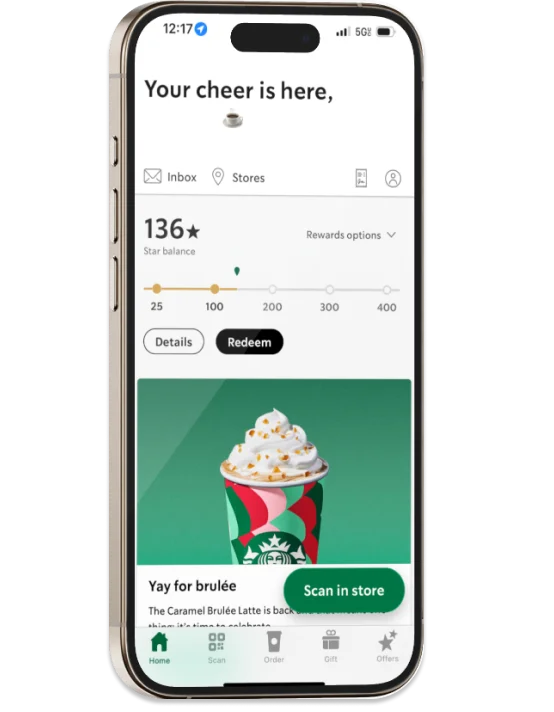
In the world of eCommerce, standing out can be a challenge — especially for small business owners competing against larger, well-established brands. This is where gamification comes in. Gamification involves integrating game-like elements, such as rewards, points, and challenges, into your eCommerce platform to drive website engagement and interaction.
But why should small businesses consider gamification? Simple — it’s a proven strategy for increasing customer engagement, encouraging repeat visits, and fostering brand loyalty. When customers feel like they’re playing a game rather than just shopping, they’re more likely to stay on your site longer, complete more actions, and, most importantly, come back for more.
This blog will dive into how gamification works, the psychology behind it, and actionable strategies small businesses can use to effectively implement game-like features into their eCommerce stores. We’ll also look at successful examples from brands of all sizes to show how gamification can transform the customer experience and drive business growth.
The Psychology Behind Gamification
Gamification taps into basic human psychology by leveraging rewards, competition, and achievement to drive customer engagement. When customers complete challenges or earn points, their brains release dopamine — the “feel-good” neurotransmitter associated with pleasure and motivation.
For example, Starbucks’ Rewards Program capitalizes on this psychological trigger by allowing customers to earn points with every purchase, which can then be redeemed for free drinks or special offers. Similarly, Duolingo’s daily streaks motivate users to complete language lessons consistently by appealing to their sense of achievement and fear of missing out.
For small businesses, incorporating these psychological triggers doesn’t require a massive budget. Simple tactics like awarding points for repeating customers, setting up product-related challenges, or creating exclusive “VIP” tiers can all tap into these fundamental psychological drivers, keeping customers engaged and coming back for more.
Key Gamification Strategies for eCommerce
Gamification in eCommerce isn’t just a trend — it’s a strategic approach to integrating interactive elements that drive engagement, encourage repeat purchases, and foster customer loyalty.
Reward Programs and Points Systems
Points programs turn everyday actions into repeat visits. Sephora’s Beauty Insider shows how: shoppers earn points with every order and trade them for mini products or early access drops. A smaller store can do the same—grant points for newsletter sign‑ups, customer reviews, or referrals and let customers swap those points for a small discount or free shipping.
Challenges and Quests
Short‑term challenges keep customers moving toward the next purchase. Outdoor retailer REI, for instance, runs “gear up” challenges where members complete a checklist—buy boots, grab socks, leave a review—and unlock a bundle discount. You can mirror this on a smaller scale: “Buy any three items this month to earn 15 % off your next order.”
Interactive Pop-ups (Spin-to-Win, Scratch Cards, Polls)
Gamified pop-ups, such as spin-to-win wheels or scratch cards, can enhance user interaction and increase email sign-ups. Tools like Wheelio and Privy enable brands to incorporate these features seamlessly into their websites. By offering instant rewards or discounts in exchange for an email address, businesses can grow their subscriber lists while providing an engaging user experience.
Badges and Tiered Recognition
Recognizing customer achievements through badges or tiered programs can foster loyalty and repeat business. For instance, Etsy awards the “Star Seller” badge to shops that consistently provide excellent customer service, based on criteria like response time, shipping, and reviews. This badge is prominently displayed on the seller’s shop, signaling reliability to potential buyers. Small businesses can implement similar systems, such as awarding a “VIP” badge after a customer places five orders, to incentivize continued patronage
Measuring the Success of Gamification
Implementing gamification is only the first step — measuring its impact is essential to gauge effectiveness. Track key metrics like customer engagement, time spent on site, and repeat purchase rates. Tools like Google Analytics, CRM systems, and heatmaps can provide valuable insights into user behavior and the effectiveness of gamified features.
For instance, Amazon evaluates Prime membership engagement by tracking how often users access benefits, helping them refine loyalty strategies and gamified elements for greater impact.
Challenges and Ethical Considerations
While gamification can significantly boost user engagement, it can also backfire if not implemented thoughtfully. Overusing gamified elements may come off as manipulative, exhausting users rather than engaging them. To avoid this, consider the following best practices:
- Balance Frequency and Intensity: Too many challenges or constant notifications can overwhelm users. Space out gamified experiences and keep them relevant. For instance, instead of daily pop-ups, consider weekly challenges that align with purchase behavior.
- Keep Rewards Attainable: If rewards feel out of reach, customers may lose interest. Ensure that earning points, badges, or discounts is achievable within a reasonable timeframe to maintain motivation.
- Maintain Transparency: Clearly communicate the rules of each challenge and the value of each reward to build trust. Be upfront about how user data is collected, stored, and used in gamified experiences.
- Avoid Manipulation: While scarcity tactics or fear of missing out (FOMO) can drive urgency, overusing these techniques can erode customer trust. Focus on positive reinforcement rather than pressure tactics.
- Data Privacy and Consent: If gamification involves data collection, prioritize user consent and data security. Make it easy for customers to understand what data is collected and how it’s used.
For example, Fitbit uses challenges and badges to motivate users to stay active while also respecting user privacy by allowing them to opt-out of certain tracking features. By balancing engagement with transparency and ethical practices, you can create gamified experiences that genuinely enhance the customer journey.
Conclusion: The Power of Gamification
Gamification isn’t just a trend — it’s a strategic tool that can reshape how customers interact with your eCommerce store. By integrating interactive elements like reward programs, challenges, and badges, you can create engaging experiences that encourage repeat visits and foster customer loyalty. However, successful gamification goes beyond flashy features. It’s about aligning game mechanics with your business goals while maintaining transparency and respecting user data.
For small businesses, even simple tactics like points systems or interactive pop-ups can drive measurable impact without a massive budget. Start by identifying key areas where gamification can enhance the customer journey, track the effectiveness of these initiatives, and refine them based on user feedback and engagement data.
Ultimately, when done right, gamification can transform your online store into a dynamic shopping environment that keeps customers coming back — not just for the products but for the experience itself.

 Eashan Mehta
Eashan Mehta







